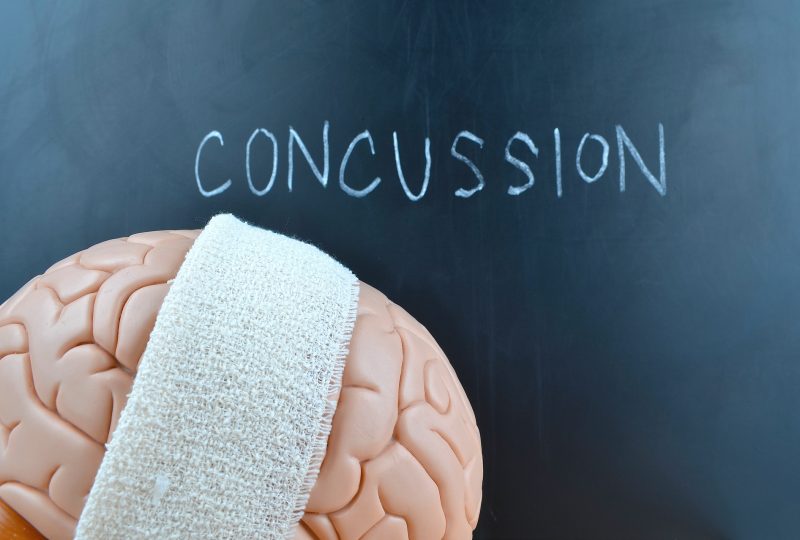Not long ago, when a young athlete suffered a sports-related concussion from heading a ball or colliding with an opponent, doctors were quick to recommend the patient rest in a dark room.
Now they say so-called “cocoon therapy” may actually prolong concussion symptoms. A newer, research-driven therapy is emerging. Patients are getting out of bed, coming back into the daylight and engaging in protected exercise earlier to stave off the effects of a concussion.
“What the research found was that adolescents were having a hard time recovering from sports-related concussions if we completely shut them down,” said Dr. Travis Miller of Penn State Health Sports Medicine. “Our recent studies are showing that it is okay to return to some light, sub-threshold exercises if it is monitored by trained professionals. Applying light non-symptom-worsening exercise can help speed up recovery and more quickly return our athletes to sports and other activities.”
Treatment for adolescents diagnosed or suspected to have a concussion generally begins right away with 24 to 48 hours of relative rest, which is characterized by limiting aggravating activities. After this period, medical professionals suggest starting exercise cautiously.
“Patients usually start with light cardio, such as walking, the elliptical or stationary bike. I wouldn’t put someone on their normal bicycle, where they could fall and injure their head,” Miller said. “As symptoms subside and days roll on, you can increase the intensity and duration of exercise.”
Despite the desire for a rapid return to full activity, Miller cautions athletes to take guidance from a medical professional who has experience with concussion recovery.
“We recognize they want to return [to full participation] as fast as possible. We, as sports medicine professionals want that too. We grew up loving to play. We’ve been trained to get you back in the safest way possible,” he said. “It is important to make sure symptoms are successfully resolved, and we are meeting all the guidelines for recovery before stepping back onto the court, field or rink. This will reduce chances that the patient will have another concussion or repetitive concussions, which is something we all want to avoid.”
Adolescents who rush their recovery may end up with chronic symptoms, such as persistent headaches, persistent foggy thinking and difficulty concentrating. They also are more susceptible to reinjuring themselves and having a repeat concussion. In rare instances, athletes can suffer from second impact syndrome, which can be fatal. The brain swells rapidly when a person suffers a second concussion before fully recovering from the earlier head injury.
“Fortunately, sideline medical teams have gotten a lot better at taking head injuries seriously,” Miller said. The injured athletes are taken out of the game and evaluated over a period of time. “It is now more common to see professionals and college players taking time away during and after games to make sure their head is healthy enough to play. We look to give that same attention to keep our athletes healthy.”
RELATED CONTENT:
- The Medical Minute: Understand the danger of concussion as winter sports begin
- Medical Minute: What to look for in a student-athlete sidelined by injury
The Medical Minute is a weekly health news feature produced by Penn State Health. Articles feature the expertise of faculty, physicians and staff, and are designed to offer timely, relevant health information of interest to a broad audience.
